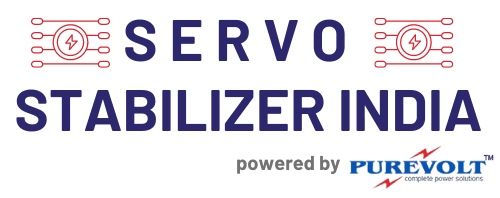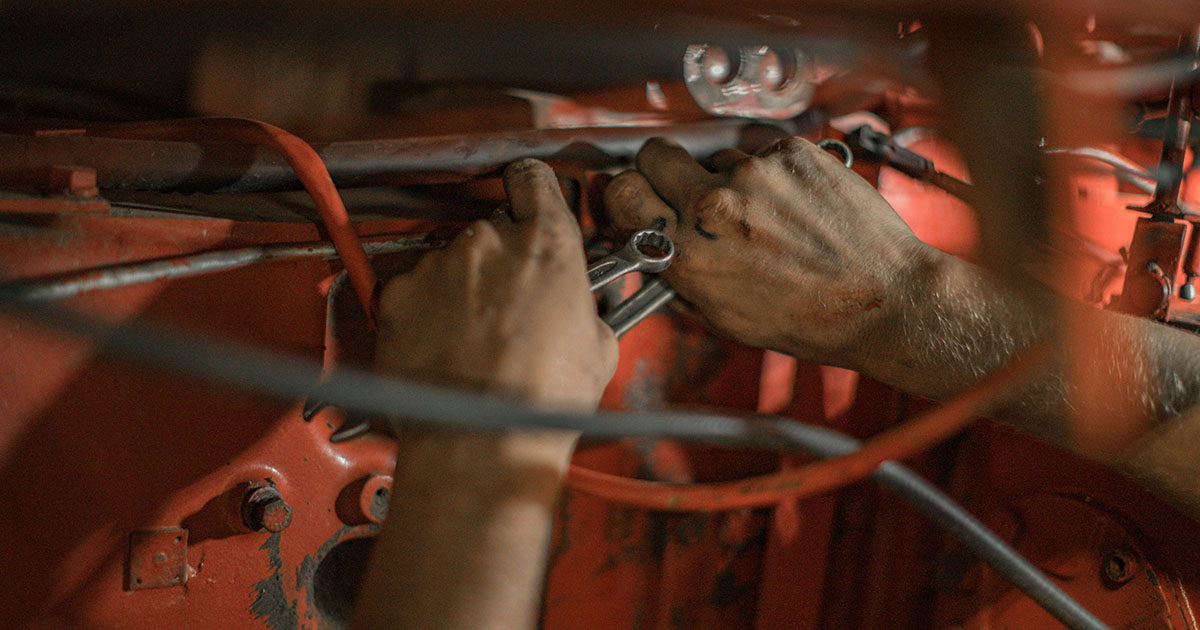Table of Contents
Introduction
A servo stabilizer is an electrical device made to regulate voltage fluctuations. It ensures stable power supply to sensitive equipment. It protects both industrial machinery and home appliances from voltage fluctuations.
Here we will discuss how to maintain a crucial device like a servo stabilizer for its peak performance and longevity.
Regular inspections:
Check the overall condition of your servo stabilizer for any kind of dent, crack, or damage, internal or external.
Also, check the voltage output of the device. All you need to do is plug the voltmeter into the output socket, connect some of your appliances to the servo stabilizer and turn them on.
Check the voltage reading on the voltmeter. It should be stable even with a fluctuating voltage supply.
See the user manual for the desired output voltage range.
You can also inspect the device for some abnormal sounds while the stabilizer is operating. If there are any unusual sounds, like humming, buzzing, or clicking, it might be due to some internal issues.
Regular inspections will help you identify and prevent any potential damage to your device.
Regular cleaning:
Like any device, the servo stabilizer needs special attention when it comes to cleaning it regularly.
With regular use of the device, dust and debris can accumulate inside and impede the function of the cooling system. This may cause overheating and negatively impact the performance of the servo stabilizer.
If we ignore cleaning for a long time, it might reduce the lifespan of the device and cause permanent damage. So how will you clean the servo stabilizer?
Turn off the device and unplug it from the power supply before you start cleaning it. Also, use a dry cloth or compressed air, and be careful while cleaning the vents and internal parts of the device when removing dust and debris.
Cleaning it on a regular basis will prevent overheating and airflow issues.
Cooling fans and ventilation:
The cooling fan is the most important internal part of the servo stabilizer. It dissipates heat out of the device when the stabilizer is operating.
It is necessary to regularly check the cooling fans to make sure they are neat and tidy, undamaged, and rotating without hinderance.
Any kind of hindrance or issue with the fan can cause overheating and further damage to the stabilizer.
Along with the cooling fan, also check the ventilation system of the stabilizer. Sometimes the fan works fine, but the air is obstructed due to blockages in the ventilation systems.
It can cause overheating and potential damage to the device.
Tighten connections:
Internal or external, any kind of loose connection in your setup where you plant the servo stabilizer can cause drops and leakage in voltages and lower the performance of the stabilizers.
Regularly check the input and output connections of the servo stabilizer. Tighten it if it loosens up with time.
A tight and secure connection is important for stable power supplies and electrical connections.
Follow this simple step to maintain a constant voltage regulation and prevent any potential damage to your stabilizer and the devices connected to it.
Manufacturer recommendations:
Almost all manufacturers offer user manuals to buyers for better understanding of their products and their functioning.
In addition to the basic maintenance tasks outlined in the manual, some manufacturers also provide specific procedures tailored to the specific model you brought.
It is important for the peak performance and safety of your device that you go through in detail all the instructions mentioned in the manual.
This will make sure that you are taking care of your machine as instructed by the manufacturer, which will further ensure maximizing the life span and performance of the device.
Consult Qualified Technician:
All the maintenances mentioned above are the basics and direct ways to prevent any potential damages to your devices and the servo stabilizer.
But the tasks above are not enough to cut out all the possibilities of damage to your devices.
To ensure the safety of your device, you must also consult someone who is a professional and expert in inspecting and repairing the servo stabilizer on a regular basis.
If you encounter any performance issues with your servo stabilizer you won’t be able to fix them without the help of a qualified technician.
Trying to troubleshoot or repair the stabilizer yourself could be more harmful to your device.
It is also not advisable because it can cause harm to you as well.
Conclusion:
Like any other electrical device, the servo stabilizer also requires regular maintenance for peak performance and longevity.
The basic tasks that can help are regular inspections, cleaning, checking fans, ventilation, and tightening loose connections in the servo stabilizer.
To be meticulous with your maintenance, you can go through the user manual offered by the manufacturer. You can follow the procedures mentioned in it as precisely as possible for a better understanding of your device.
If you encounter any issues with the device, it is advisable that you consult a qualified technician to repair or troubleshoot it.

